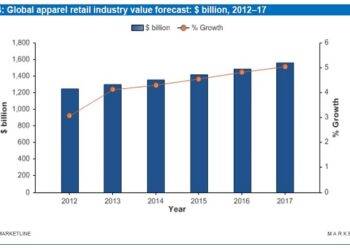Counterfeiting is becoming common in today’s culture due to intense market rivalry and consumer demand for low-cost items
Several manufacturers are employing counterfeit components in electrical devices to take advantage of this market trend. To get a competitive advantage, they may sell their completed goods cheaper. When purchasing electrical components, beware of fakes.
Counterfeit electrical components are harmful to health.
Faulty electrical components endanger human health. The use of low-quality materials in its manufacture puts the product at risk. This might be risky. The insulation on wiring, for example, may melt, allowing live wires to touch. Fires or even a mild explosion in equipment manufactured using counterfeit components.
Fake batteries in phones may cause the phone to melt and explode. As a result, counterfeit electrical components put consumers’ health at risk.
Where can I get phony electrical components?
Contraband electrical components should be avoided at all costs. If you sell electrical components, you must ensure that they are excellent quality and authentic. Companies may try to enjoy buying counterfeit products, but you must resist them. This is an excellent concept for preventing counterfeiting and building consumer confidence.
Checking for the manufacturing brand’s logo ensures your purchases are authentic. The lack of an appropriate seal on counterfeit goods is usually a telltale sign. When purchasing a product, always check the batch number and manufacture date.
Made from post-consumer waste, the recycled paper helps clean the air. Paper production needs tree clearance. Although paper is required, using more recycled paper may help reduce the number of trees felled for paper production. Paper recycling reduces pollution by 70% and is an incredible waste reduction strategy.
A non-recycled glass bottle would take 4000 years to decompose naturally. Did you know you can recycle glass forever? But if not recycled, it may spend thousands of years in a landfill. Although glass may be recycled without losing its purity or quality, a lot of it is thrown away.
In the UK, recyclable materials make up the majority of garbage. Pens, glasses, knives, razors, metal, diapers, and tires are often discovered in garbage cans. Everything can be recycled in some form. They may readily be recycled to make new items, yet they are regularly dumped in landfills without anybody knowing. If we all recycled regularly, the environment would benefit, and energy usage would be reduced.
Everyone is aware that it takes many trees to produce a single sheet of paper. However, it takes just 24 trees to generate a tonne of paper. Each year, between 3 and 6 billion trees are killed to provide the daily need for paper (such as notebooks, newspapers, and pamphlets). The assessment is made after a series of failed efforts to return the recycled paper to the market.
According to current estimates, around 60% of what ends up in landfills cannot be recycled. Is it practical to include recycling in our everyday lives? First, we would be assisting the country and reducing the likelihood of a power outage in homes and businesses. As a result, electricity prices in the United Kingdom are expected to fall in the coming years.
The worst course of action is to dump waste all in the ocean when it comes to waste management. Despite a widespread belief that plastic bags are harmless, they are responsible for the death of an estimated 2 million aquatic animals each year. Other forms of non-biodegradable waste have a similar effect on marine life and should be avoided. Isn’t it just what you hoped for?
Almost everything is recyclable in some form. Recycling is the most efficient approach to managing all forms of garbage, from aluminum cans to paper. Recycling regularly can generate up to 70% more energy than it consumes.












